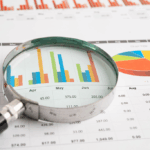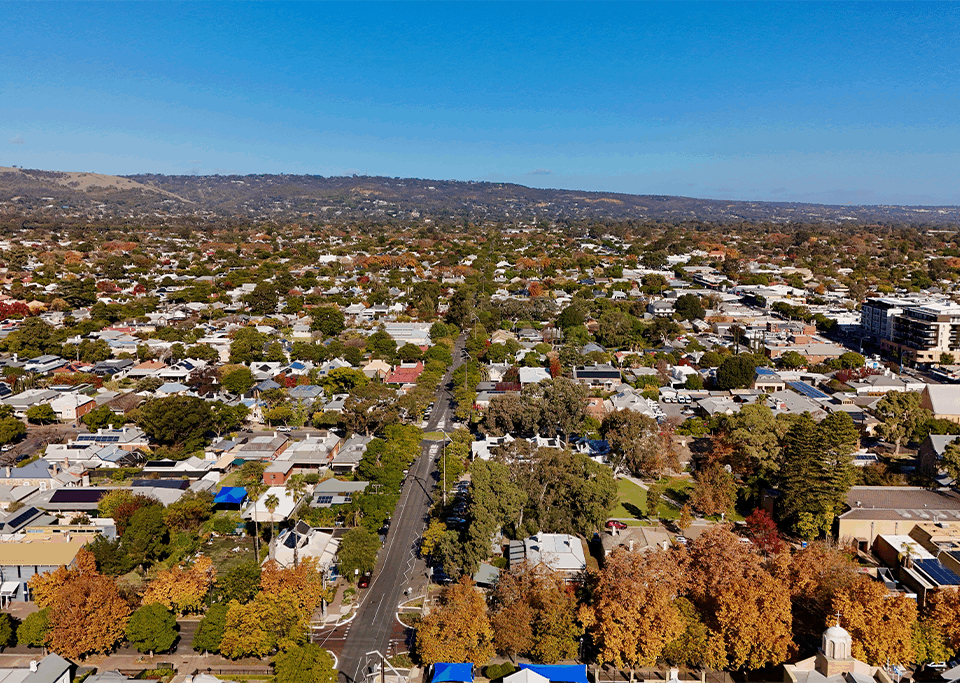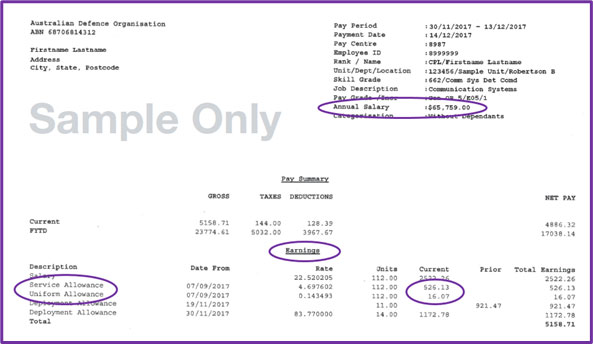
OPTIMISING YOUR SUPERANNUATION – SOME SIMPLE TIPS
September 1, 2025
WHY SHOULD I BOTHER READING MY SUPERANNUATION STATEMENT? I’M BUSY!
September 1, 2025It is understandable that people who are involved in the financial services industry are inclined to make the mistake of assuming that other Australians (their customers) understand how a superannuation fund is structured.
In fact, our experience in education settings has taught us that people usually know where their regular savings are held, mostly in well-known banks, but many of them struggle when it comes to describing the legal structure (and even the name) under which their retirement savings are held. That’s partly caused by the fact that money in a superannuation fund can’t be easily accessed and is usually not available until retirement age. Perhaps, it’s a case of “out of sight, out of mind”.
This short educational article is designed to improve that lack of understanding about an area that controls literally trillions of dollars on behalf of millions of working and retired Australians.
The Basics
A superannuation fund consists of the following basic components:
- Money (sometimes referred to as the corpus) which consists of contributions from employers and members plus investment earnings.
- A Trustee whose legal responsibility is to administer the fund and to manage/invest the pool of money in the best interests of the members of the fund. In the Defence context, given that most of our people are in the Defence Force Retirement and Death Benefits Scheme (DFRDB), Military Superannuation and Benefits Scheme (MSBS, also known as Military Super) or ADF Super, the Trustee is the Commonwealth Superannuation Corporation (CSC). Of course, many of our people are in other publicly available superannuation funds, all of which have Trustee companies with the same fundamental role as CSC.
- Members (also known as beneficiaries)who expect the money to accumulate and grow for its eventual use by them in their retirement or upon death or disability.
- A Trust Deed is a set of government-approved rules under which the fund is operated and if followed, will attract tax concessions that make superannuation a tax-effective place to invest money.
Similarity to a Deceased Estate
Putting it another way, a superannuation fund is, in its simplest form, a trust. In terms of its components, it’s structured rather like a deceased estate where an executor (the trustee) is required to invest the money and disburse it to the beneficiaries (the members) in accordance with the terms of the Will (the trust deed).
In the case of a deceased estate, the Executor (the Trustee) is usually a family member/s, sometimes assisted by a lawyer or accountant. In the case of a publicly offered superannuation fund, the Trustee is typically a company whose directors have (or at least are supposed to have) relevant professional expertise and experience to administer and manage a large pool of money in accordance with the law.
The responsibilities of a Trustee
The fundamental difference between a superannuation trustee company and a shareholder-owned company that runs a commercial business is that the former is required to act in the best interests of the members whereas the latter is required to act in the best interests of the owners (aka shareholders). This is a world of difference. It puts considerable responsibilities on superannuation trustee company directors and should give members reassurance that their interests, not those of a sponsoring body, such as a financial institution, union or employer group, will be paramount in operating the fund.
In addition, there is a wide range of legislation covering superannuation with which a Trustee must comply. These laws are administered by bodies such as the:
- Australian Prudential Regulation Authority
- Australian Securities and Investments Commission
- Australian Taxation Office.
Low Moments
Having said all of these reassuring words, it’s important to remember that the superannuation industry has had its low moments, most notably outlined in the final report of the Hayne Royal Commission (2019). More recently, we’ve seen a financial collapse involving superannuation assets.
Taking Responsibility
Given that your superannuation fund account is likely to be one of your largest investments (if not the largest), it’s important to understand the basic structure of the industry and to acknowledge its weaknesses and considerable strengths. Last but not least, make sure that you regularly monitor and assess your investment in superannuation so as to ensure the best possible experience in your well-earned retirement.







